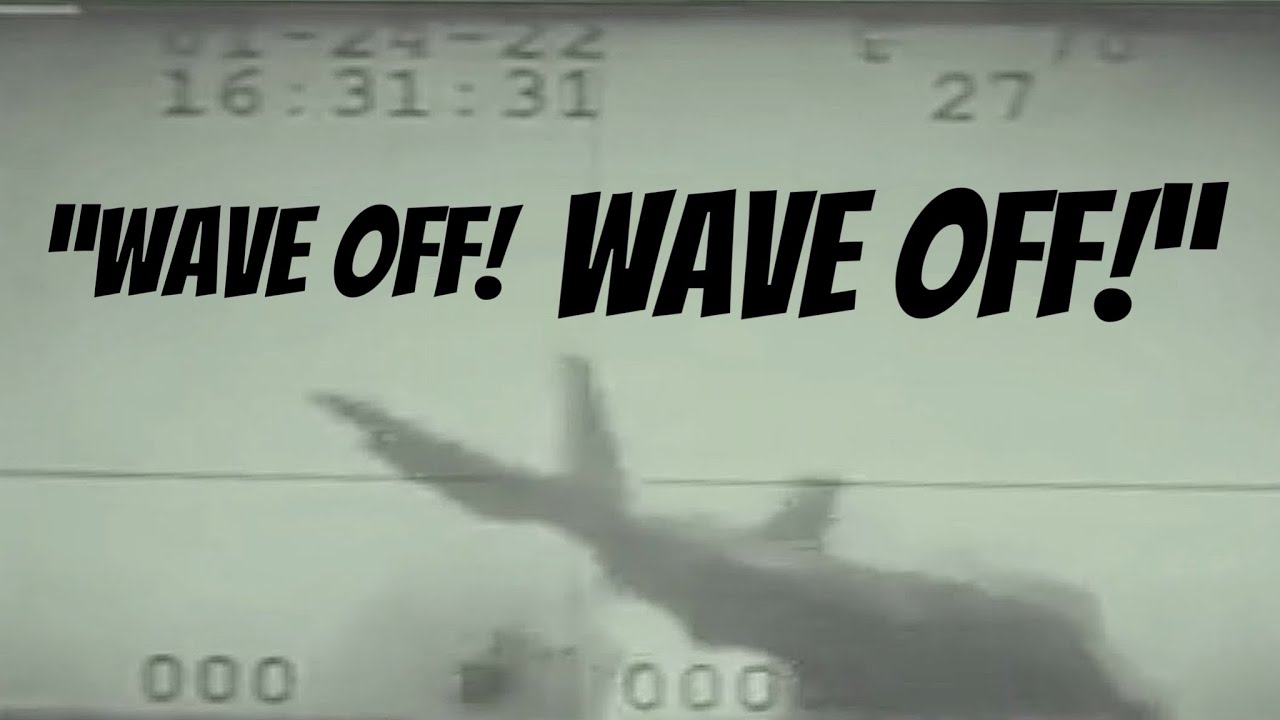On 2022-01-24, an F-35C aircraft operating from the aircraft carrier USS Carl Vinson (CVN 70) crashed on the carrier’s deck while attempting to land. The plane went into the water and sunk to the bottom of the South China Sea. The pilot ejected from the plane as it was skidding across the deck and was recovered safely from the water. The plane was subsequently raised from the sea at a depth of 12,000 feet (3.7 km) on 2022-03-02.
The U.S. Navy has released a redacted version of the final report on the incident, “Command Investigation into the Facts and Circumstances Surrounding the F-35C Class A Aviation Mishap of 24 Jan 22” [PDF]. In short, the accident was caused by—wait for it—mode confusion in the flight control computer of the plane. The pilot failed to enable the Approach Power Compensation Mode (APC)/Delta Flight Path (DFP) mode as specified in the landing checklist, which left the plane in Manual Powered Approach (PA) control laws. During the landing attempt, the pilot made stick inputs assuming the engine throttle was being controlled automatically by the computer, but in PA mode, the engine remained at the manual throttle setting of flight idle.
The aircraft developed a rapid sink rate during the in-close portion of the landing approach and a manual engine power demand was not added until 2.6 seconds prior to impact. This late power addition was insufficient to prevent the aircraft from striking the ramp.
In this video, former naval aviators Ward Carroll and Kevin Miller analyse the incident report, its recommendations for action, and the consequences for the pilot whose mode mixup consigned a US$ 100+ million airplane to Davy Jones’ locker.
